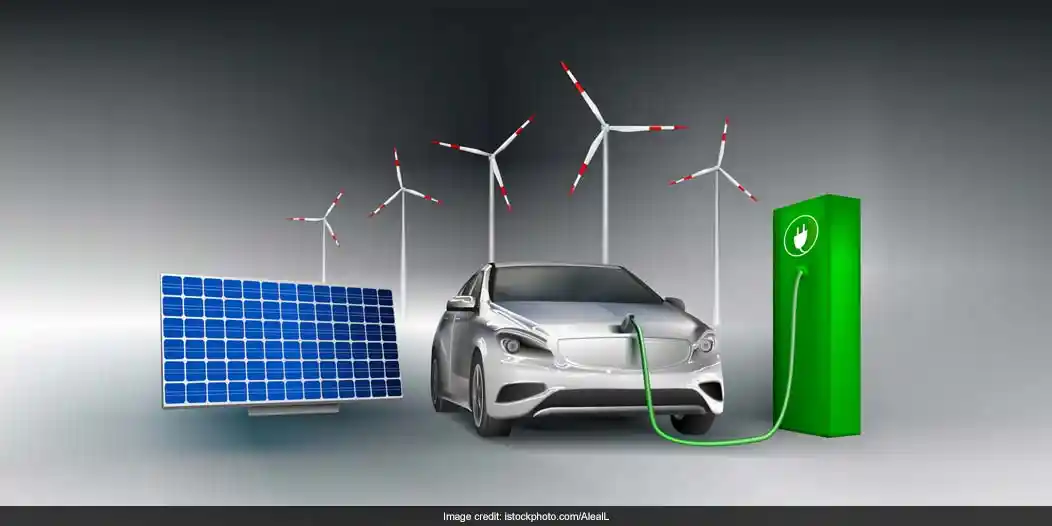Cyber Switching’s charging station is easy to install, inexpensive and requires little expertise. This announcement was made during the NAFA Expo 2022, the premier networking event for fleet professionals in North America. The company aims to support the electric vehicle infrastructure by helping the nation scale its electric vehicle infrastructure. The company has recently launched the first phase of the EVMC rollout to help businesses upgrade their current car charging infrastructure.
Sustainable Solution With Electric Vehicle Infrastructure
In addition, the company is setting up new charging stations on corporate campuses. Whether it’s a public transit system or private property, partners will experience a quick return on investment, a healthier workforce, and lower electric bills. For businesses, this technology has many advantages. It also features real-time monitoring and alerts. Cyber Switching’s master controller is easy to install and configure, and the hardware is affordable.
The Senate-passed bill has uncertain prospects in the House, but its cybersecurity provisions are promising. It may be possible that the U.S. government will invest in charging infrastructure for EVs with federal funding. To qualify for electric vehicle infrastructure funds, applicants must work with a wide variety of stakeholders, including charging providers, utilities, and automakers. In addition, they must meet strict privacy standards and protect personal information. The bipartisan Infrastructure Law will create a coordinated Federal approach to EV charging and promote its adoption. The funding will go toward building a national charging network, and 10% will be set aside for grants to States to build charging infrastructure in their communities.
Using Energy More Efficiently
As more EVs connect to the grid, these vehicles expose themselves to cyber risks. NREL hopes the collaborative event will support a two-year SAE International project to strengthen EV cybersecurity. It will promote wider industry engagement and pre-competitive research. With EV charging stations becoming more connected, hackers can compromise all of the electric car infrastructures. Hackers can hack into EV charging stations and even the electricity grid. Once an electric car is compromised, it could pose a threat to the driver or other vehicles on the road. The potential threat is enormous, and attacks could spread to power grid infrastructure. So, it’s crucial to protect the infrastructure against cyberattacks. This is where Cyber Switching comes in.
A key component of a sustainable environment is the electrification of the transport sector. In a country such as China, a rapidly growing EV fleet will significantly increase energy demand. However, the country has plans to build hundreds of coal-fired power plants to support the demand. If EVs were used in large quantities, more coal-fired power plants would be needed. This is a problem for both the environment and society.
Developing an EV ecosystem in a city requires a powerful internet network structure. It will also require servers that support data transfer and connectivity. Charging stations will be connected to an urban platform. This will help justify financial support. A key element is a public buy-in. By incorporating the public into the decision-making process, EV infrastructure is a step in the right direction. So, what are municipalities doing to make this a reality?
Wrapping Up
As it highlighted the state’s role in developing alternative fuel networks and EV charging infrastructure. Governors are stepping up their efforts to develop and enhance the electric vehicle market in their respective states. Cyber Switching enables them to do so. But EVs must understand the vulnerabilities in their supply chain before they can become popular in the U.S.



